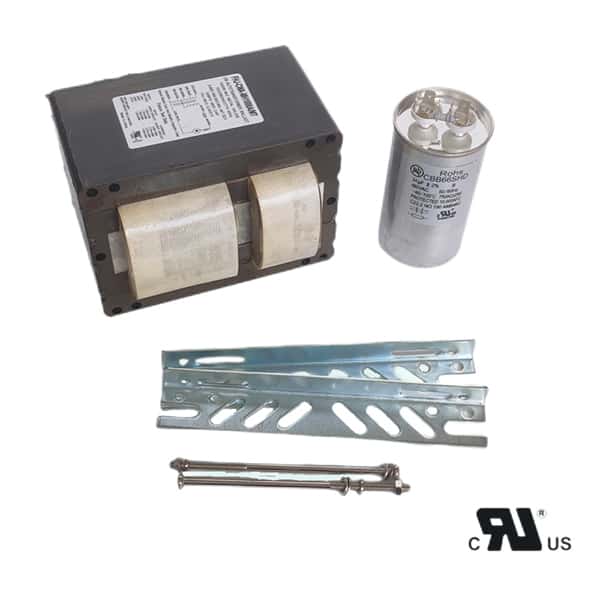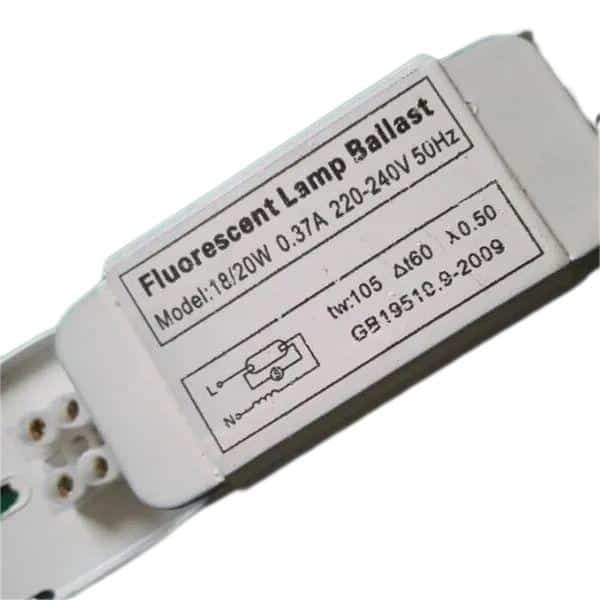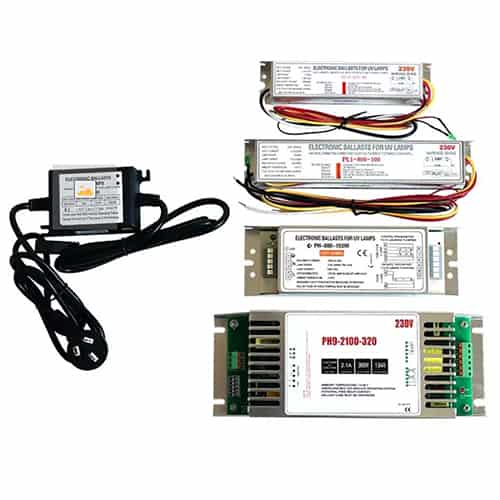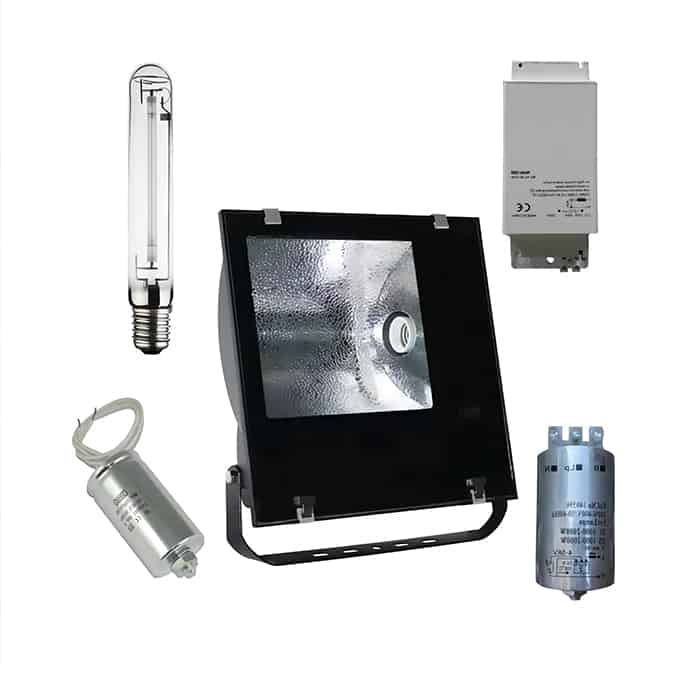A light ballast is an essential component in many lighting systems, playing a critical role in ensuring safe and efficient operation. Understanding which light bulbs require a ballast is key to maintaining optimal performance and preventing damage to your fixtures or bulbs. In this article, we explore the types of light bulbs that rely on ballasts, how to identify them, and their applications.
What Is a Ballast and Why Is It Needed?
A ballast is a device used to regulate the electrical current supplied to a light bulb. It provides the necessary initial voltage to start the bulb and limits the current to prevent overheating or damage. Without a ballast, certain bulbs could draw an uncontrolled amount of current, leading to flickering, failure, or even safety hazards. Ballasts ensure that bulbs operate efficiently, delivering stable and consistent light output.
Types of Light Bulbs That Require a Ballast
Some light bulbs rely on ballasts for proper functioning due to their unique electrical requirements.
Fluorescent Bulbs
Fluorescent lamps are among the most common types of bulbs that need a ballast. These bulbs require an initial high voltage to excite the gas inside the tube and generate light. Once illuminated, the ballast stabilizes the current to maintain a steady glow. Popular types of fluorescent bulbs, such as T12, T8, and T5 tubes, are used in offices, schools, and commercial spaces, all of which rely on ballasts for their operation.
High-Intensity Discharge (HID) Bulbs
HID bulbs, including mercury vapor, metal halide, and high-pressure sodium lamps, depend heavily on ballasts. These lamps are widely used in outdoor lighting, industrial facilities, and stadiums due to their powerful illumination. The ballast provides a high starting voltage to establish an arc between the electrodes and regulates the current during operation, ensuring a long lamp life and consistent brightness.
Compact Fluorescent Lamps (CFLs)
CFLs, a more compact version of traditional fluorescent lamps, may or may not require external ballasts. Many modern CFLs are self-ballasted, meaning the ballast is built into the base of the bulb. However, some older or specialized CFLs require an external ballast to function.
UV Lamps
Ultraviolet (UV) lamps, commonly used for sterilization, water treatment, and aquariums, require a ballast to control their precise electrical needs. A ballast ensures that these lamps operate within safe voltage and current ranges, maximizing their efficiency and lifespan.
How to Identify If a Light Bulb Requires a Ballast
Determining whether a bulb requires a ballast can be straightforward if you know what to look for.
Labeling and Packaging
Manufacturers often indicate whether a bulb needs a ballast directly on the packaging or the bulb itself. Look for terms such as “ballast required” or “self-ballasted” to understand its compatibility.
Physical Characteristics
Certain physical traits, such as pin connectors on fluorescent lamps, are indicators that a ballast is needed. The specific configuration of the bulb’s base often signals whether it works with a ballast.
Fixture Specifications
Fixtures designed for ballast-dependent bulbs typically include information about compatible ballast types. Referencing the fixture’s user manual can provide clarity on whether a ballast is required.
ANSI Codes
The American National Standards Institute (ANSI) codes on both bulbs and ballasts indicate compatibility. Matching the codes ensures that the ballast and bulb are designed to work together safely and effectively.
Bulbs That Don’t Require a Ballast
Not all bulbs rely on ballasts. Some operate independently without the need for this additional component.
Incandescent Bulbs
Traditional incandescent bulbs do not require a ballast. These bulbs operate by passing current through a filament, producing light through heat. Their simple design eliminates the need for current regulation.
LED Bulbs
Most LED bulbs operate without ballasts, using built-in drivers to regulate power. However, certain retrofit LED lamps are designed to work with existing ballasts in older fluorescent or HID fixtures, making them a convenient upgrade option for energy efficiency.
Types of Ballasts Used with Light Bulbs
Ballasts come in various types, each tailored to specific bulb technologies and applications.
Magnetic Ballasts
These traditional ballasts use a core and coil assembly to regulate current. While durable, they are bulkier and less energy-efficient compared to modern alternatives.
Electronic Ballasts
Electronic ballasts use advanced circuitry to manage power efficiently. They operate at higher frequencies, reducing flickering and noise, and are lighter and more compact than magnetic ballasts.
Dimmable Ballasts
Dimmable ballasts allow users to adjust the brightness of compatible bulbs. These are ideal for applications where lighting flexibility is required, such as theaters or conference rooms.
How to Choose the Right Ballast for Your Bulb
Choosing the correct ballast is essential for the safe and effective operation of your lighting system. Match the ballast to the bulb’s type, wattage, and voltage requirements, and ensure compatibility by referencing ANSI codes. Additionally, look for certified products, such as those with UL or CE marks, to guarantee quality and safety.
Applications of Ballast-Dependent Bulbs
Ballast-requiring bulbs are commonly used in various settings. Fluorescent and HID lamps are staples in commercial and industrial environments, providing efficient illumination for offices, warehouses, and outdoor spaces. UV lamps, often paired with ballasts, are used in aquariums, medical facilities, and water treatment plants for specialized purposes.
The Shift Towards Ballast-Free Technology
The lighting industry is evolving, with LEDs leading the way in ballast-free solutions. While some LED retrofit options still use existing ballasts for convenience, many modern LEDs eliminate the need for ballasts altogether, offering simpler installations and lower maintenance requirements.
Final Words:
Several types of light bulbs, including fluorescent, HID, CFLs, and UV lamps, rely on ballasts for proper operation. These components ensure safety, efficiency, and reliability in various lighting applications. By understanding which bulbs require a lamp ballast and selecting the right type for your fixtures, you can optimize your lighting system and avoid potential issues. With the shift toward LED technology, the need for ballasts is gradually diminishing, but they remain indispensable for many traditional and specialized lighting solutions.




